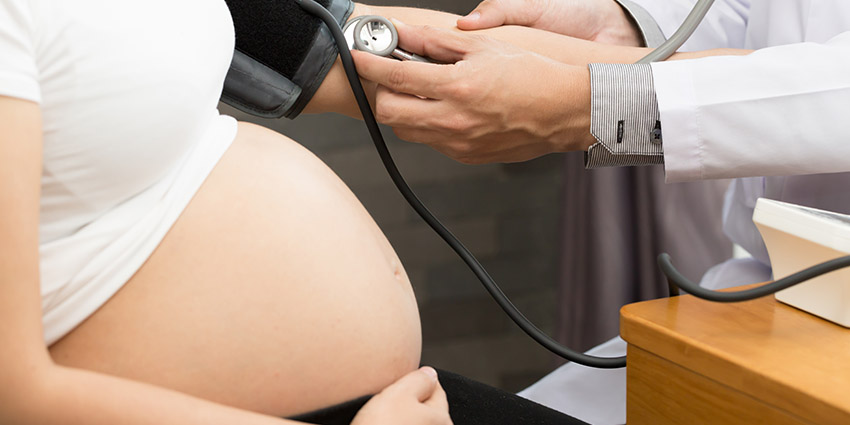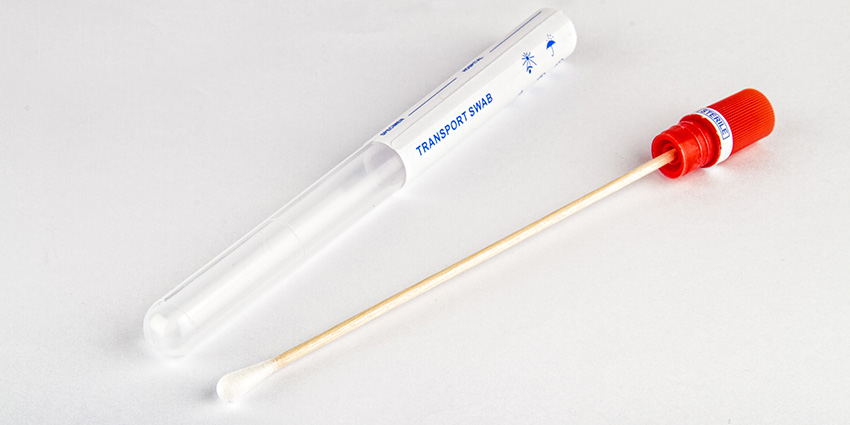A certain amount of mild, irregular uterine cramping is normal even as early as late in the first trimester as the uterus begins to stretch and enlarge.
But some women experience more than that and it leads to preterm labor. This is defined as labor (contractions that change the cervix) beginning any time after the 20th week and before the 37th week. You may be thinking that having your baby come a little early might not be so bad, but getting a baby to term is important for lung, brain and other developmental maturity that happens late in the third trimester.
Women are at higher risk for preterm labor if they are significantly overweight at the beginning of the pregnancy, have a history of preterm labor or preterm birth, do not receive adequate prenatal care, smoke or use street drugs, have a baby with a genetic disorder, have multiple pregnancies (twins or triplets), or have other health concerns like hypertension or an infection. Mothers who conceived through in vitro are also at increased risk for preterm labor.
Signs and symptoms are some of the following:
- A low dull backache that does not go away and could be intermittent or constant
- Regular contractions that are becoming closer and may be as often as 10 minutes apart
- Fluid leading from your vagina
- Lower abdominal cramping or pressure that is increasing
- A low grade fever, nausea or vomiting
- Increased pressure in your pelvis or vagina
- An increase in vaginal discharge or any vaginal bleeding
Some of these symptoms are a normal part of pregnancy for women as they get close to term (40 weeks) like backaches and increased discharge. But if you believe that they are not what you normally feel or that they are increasing, it is better to be evaluated. Preterm labor is easier to stop if it is diagnosed early and medically managed. Being in preterm labor may also affect where you plan to give birth as not all facilities can accommodate infants at every gestational age. So the earlier your physician or midwife know about your symptoms the better.
Related Posts








